Bougainvillea is a show-stopping flowering plant beloved for its vibrant, papery bracts in shades of magenta, purple, orange, pink, red, and white. Native to South America, this sun-loving vine thrives in warm climates and brings a tropical flair to gardens, patios, and balconies. While typically grown as sprawling shrubs or climbing vines in the ground, bougainvilleas also flourish beautifully in containers — provided their specific needs are met.
Growing bougainvillea in a pot is an excellent way to manage its vigorous growth, protect it from harsh winters, and decorate small spaces with vivid color. But to succeed, gardeners need to understand this plant’s unique preferences. This article covers everything you need to know about how to grow bougainvillea in a container — from choosing the right pot to proper pruning and maintenance.
Why Grow Bougainvillea in a Container?
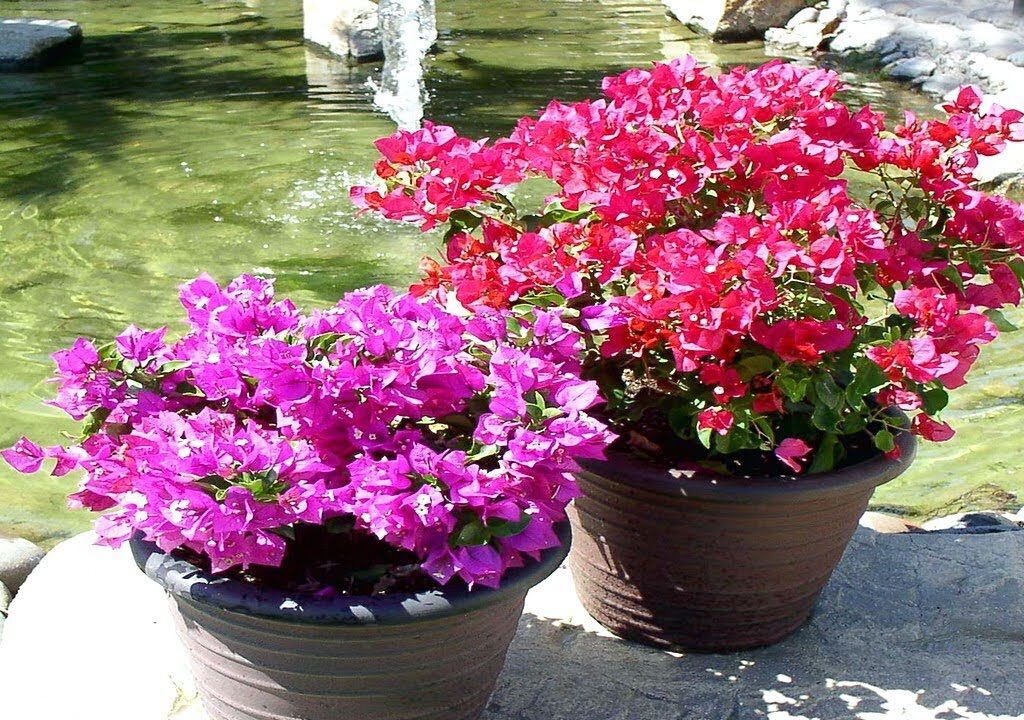
Container gardening offers several benefits when it comes to cultivating bougainvilleas:
- Portability: Move your plant to follow the sun or shelter it from cold weather.
- Growth Control: Prevents the plant from becoming overly invasive.
- Versatility: Adds color to patios, balconies, entryways, and terraces.
- Year-Round Protection: Easier to overwinter in colder regions by bringing the pot indoors.
Bougainvilleas grown in pots often bloom more profusely because of the controlled environment and slightly restricted root growth, which encourages flowering over foliage growth.
Choosing the Right Bougainvillea Variety for Containers
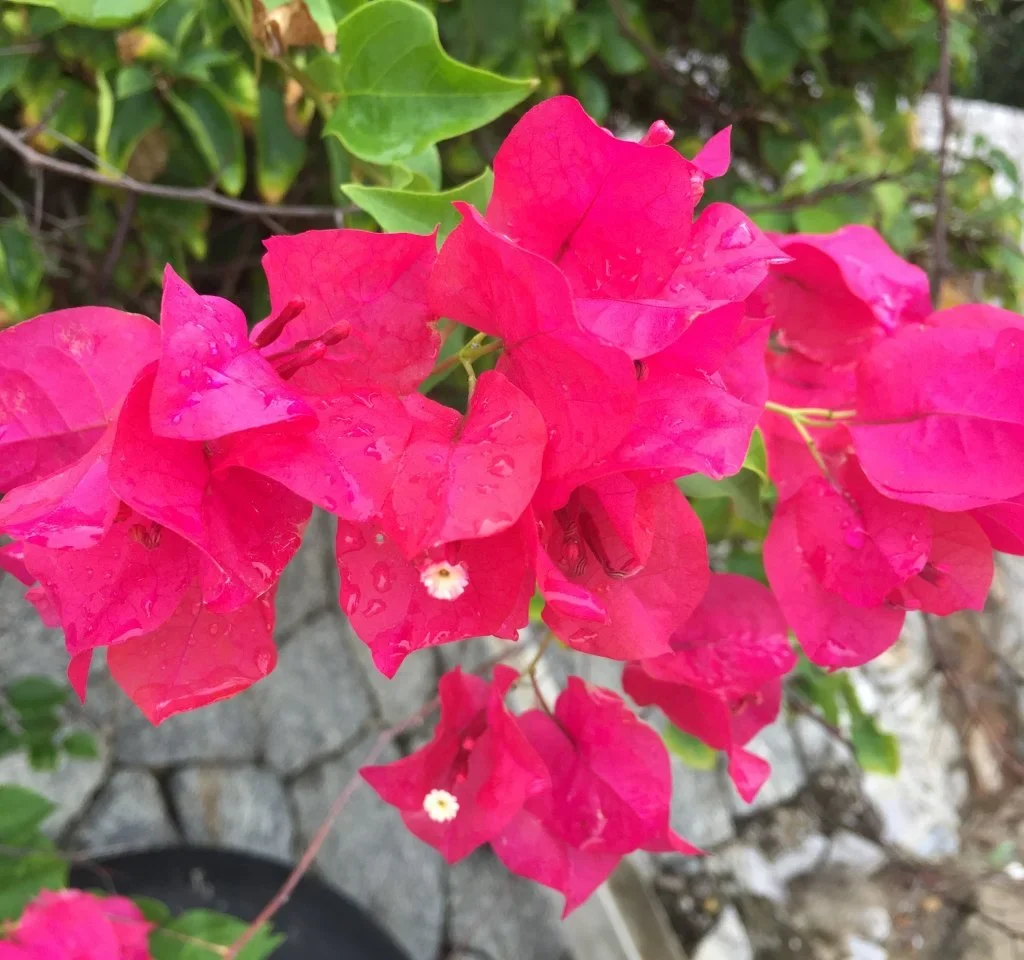
Not all bougainvillea varieties are equally suited for container growth. When selecting a plant, opt for compact or dwarf varieties or those recommended for patio planters.
Top container-friendly bougainvillea varieties:
- Bougainvillea ‘Helen Johnson’ – compact, orange-pink bracts.
- Bougainvillea ‘Sunvillea Rose’ – compact, bright pink blooms.
- Bougainvillea ‘Raspberry Ice’ – variegated foliage with magenta bracts.
- Bougainvillea ‘Barbara Karst’ – a manageable climber with intense red bracts (requires pruning).
Selecting the Right Container
Bougainvilleas prefer being slightly root-bound, which encourages better blooming. Choosing the correct container is key.
Container Requirements:
- Material: Terracotta, clay, or ceramic pots work well as they allow air exchange and drainage.
- Size: Start with a pot slightly larger than the plant’s root ball (about 12–14 inches in diameter). You can upgrade to a larger size as the plant grows.
- Drainage: Essential — make sure your container has multiple drainage holes to prevent waterlogging.
Pro Tip:
Use a saucer to catch excess water, but empty it to avoid soggy roots.
Soil and Planting Guide
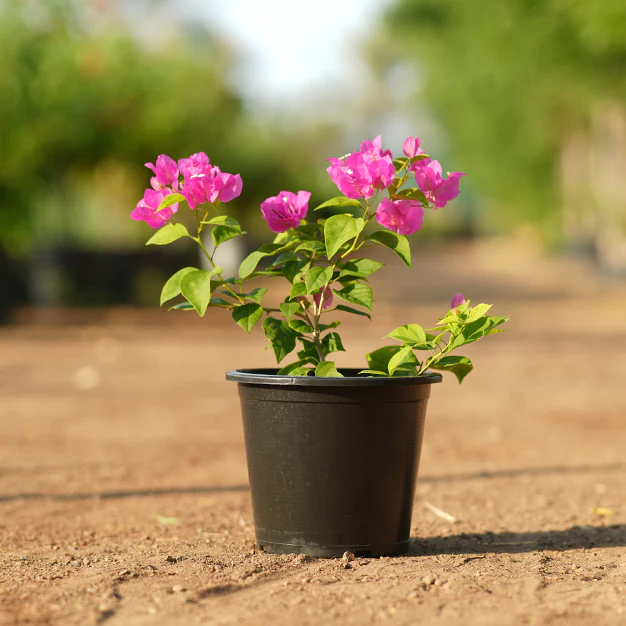
Bougainvillea thrives in well-draining, slightly acidic to neutral soil. Poorly draining or overly rich soil can lead to root rot and sparse blooming.
Best Soil Mix:
- 1 part potting soil
- 1 part coarse sand or perlite
- 1 part peat moss or coconut coir
You can also use a cactus or succulent soil mix for excellent drainage.
Planting Steps:
- Place gravel or broken pottery shards at the bottom of the pot to improve drainage.
- Fill the container halfway with your prepared soil mix.
- Gently remove the bougainvillea from its nursery pot, being careful of its brittle roots.
- Position it in the new container and fill around it with soil.
- Firm the soil gently and water thoroughly.
Light and Temperature Needs
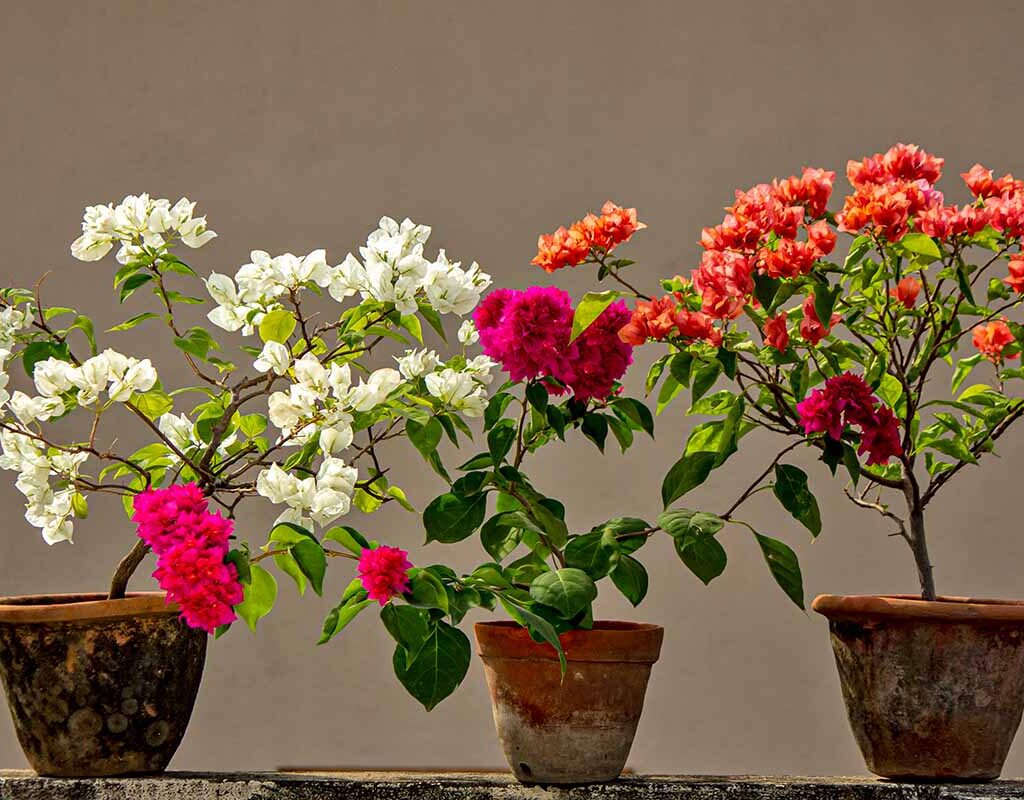
Bougainvillea loves sunlight — it’s one of the most light-demanding plants in container gardening.
Light Requirements:
- At least 6 hours of full sun daily for optimal blooming.
- Insufficient sunlight leads to weak growth and few or no blooms.
Ideal Spot:
A south-facing patio, balcony, or bright sunny window for indoor plants.
Temperature Preferences:
- Thrives in temperatures between 65°F to 95°F (18°C to 35°C).
- Not frost-tolerant — bring indoors when temperatures drop below 50°F (10°C).
Pro Tip:
In cooler regions, treat bougainvillea as a seasonal annual or overwinter it indoors.
Watering Bougainvillea in Containers
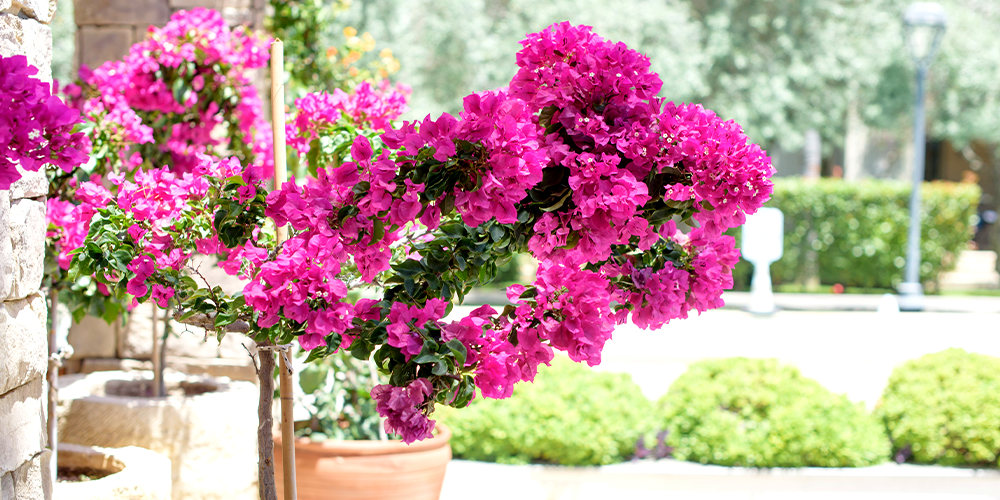
Bougainvillea prefers dry conditions between waterings. Overwatering is the most common mistake gardeners make.
Watering Guidelines:
- Allow the top 1–2 inches of soil to dry out between waterings.
- Water deeply until it runs through the drainage holes.
- Reduce watering in winter when the plant is dormant.
Warning:
Too much water = lush foliage, poor flowering, and possible root rot.
Fertilizing for Healthy Blooms
Bougainvilleas grown in containers need regular feeding to maintain vivid blooms.
Fertilizer Type:
- Use a balanced liquid fertilizer (10-10-10) or one higher in potassium (like 6-8-10) to promote flowering.
Feeding Schedule:
- Fertilize once a month during active growing season (spring to early fall).
- Stop fertilizing in winter when growth slows.
Pro Tip:
Avoid high-nitrogen fertilizers, as they encourage leafy growth over flowers.
Pruning and Maintenance
Regular pruning keeps your container-grown bougainvillea tidy, compact, and blooming.
When to Prune:
- After each flowering cycle to shape the plant and remove spent bracts.
- In late winter/early spring to control size and stimulate new growth.
How to Prune:
- Use clean, sharp pruning shears.
- Remove dead, weak, or crossing branches.
- Cut back long stems by about one-third of their length.
- Pinch back growing tips to encourage branching.
Pro Tip:
Wear gloves — bougainvillea has sharp thorns!
Supporting Bougainvillea in Containers
Though dwarf varieties stay compact, climbing types may need support.
Use:
- Small trellises
- Wire hoops
- Bamboo stakes
Tie stems gently with plant ties or soft string to avoid damage.
Overwintering Bougainvillea in Containers
In cold regions, bring bougainvillea indoors before the first frost.
Indoor Care:
- Place near a bright, sunny window.
- Water sparingly — only when soil is dry.
- Expect some leaf drop as it adjusts to indoor conditions.
Pro Tip:
In spring, gradually reintroduce to outdoor light and resume regular care.
Common Problems and Solutions
| Problem | Cause | Solution |
|---|---|---|
| No blooms | Too much nitrogen, insufficient sun | Reduce nitrogen, move to sunnier location |
| Leaf drop | Cold drafts, overwatering | Keep warm, adjust watering |
| Yellowing leaves | Poor drainage, overwatering | Improve drainage, allow soil to dry |
| Pests (aphids, mealybugs) | Dry, dusty conditions | Spray with neem oil or insecticidal soap |
Conclusion
Bougainvillea is a stunning addition to patios, balconies, and indoor sunrooms when grown in containers. By providing ample sunlight, well-draining soil, moderate watering, and regular pruning, this vibrant climber will reward you with bursts of color season after season.
Container-growing also makes it easier to manage its enthusiastic growth and protect it from harsh winters. With a little care and attention to its specific preferences, your potted bougainvillea can become the star of your garden or home.
So, grab a sunny spot, a sturdy container, and get ready to transform your outdoor living space with cascades of bougainvillea blooms!
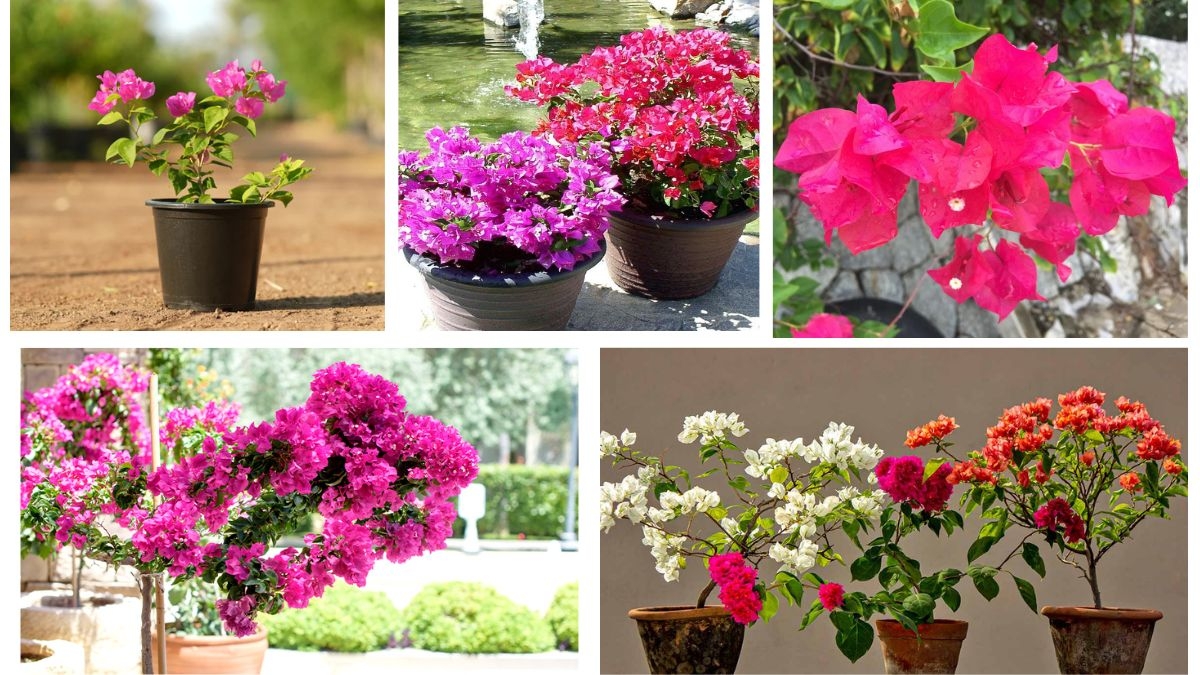



Leave A Comment